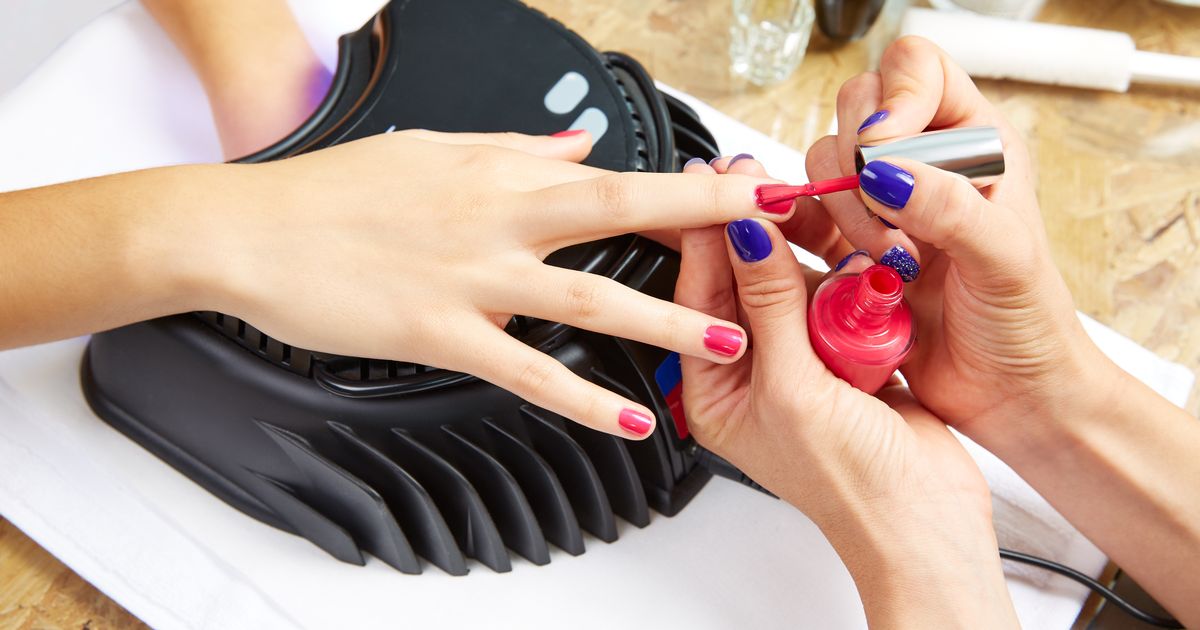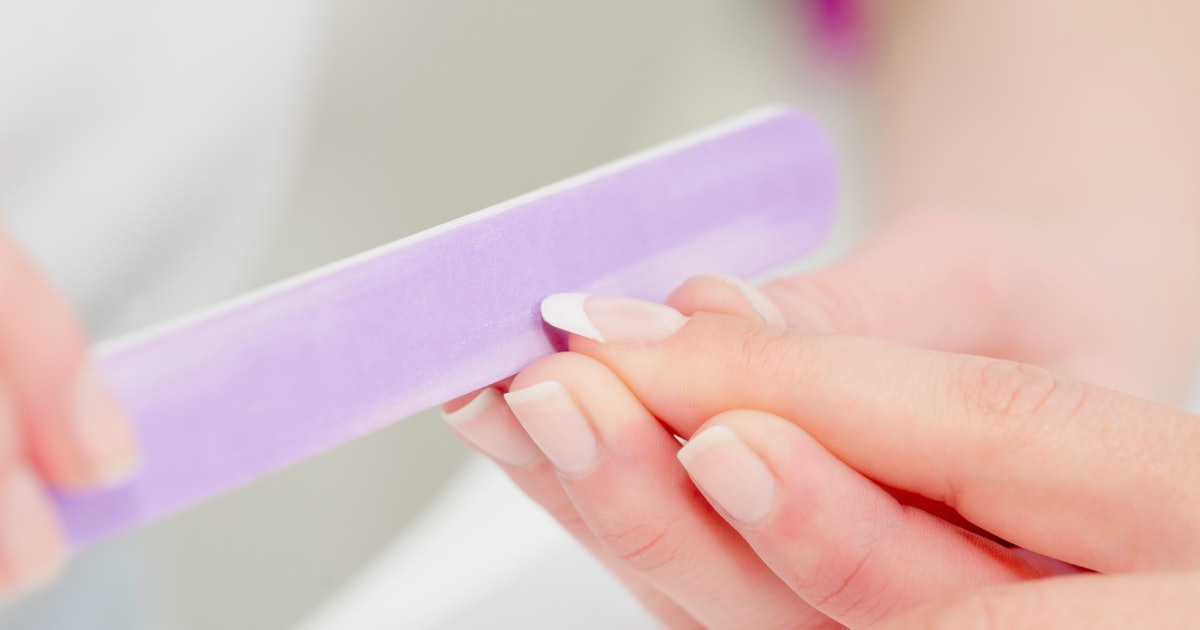How To Treat And Prevent Peeling Nails
Before nails started to serve a mainly cosmetic purpose, in the days of prehistoric times, human nails were used for defending, digging, protecting the fingertips, and enhancing the ability to grasp and pick up objects. Keratin, the protein found abundantly in the hair, is the same thing nails are made of. While the layers of the nails are supposed to normally stay intact, some individuals may experience peeling with the tough nail layers. Peeling nails causes them to weaken, look thin, and eventually split and break. Onychoschizia is the medical term used to characterize splitting or peeling fingernails. External nail trauma can cause this to happen or it could be the result of a systemic condition indicative of a pathologic process happening in the body. A fingernail takes six months on average to grow its entire length, so it is possible nail abnormalities are caused by trauma that happened several months earlier.
Learn how to both treat and prevent peeling nails now.
Avoid Acrylic Or Gel Nails

No matter what the cause is of the fingernail peeling, the application and removal of acrylic or gel nails can have harsh effects on the natural nail. When these types of synthetic nails need to be removed they are often soaked in a hot water or an acetone solution for a prolonged period of time. These type of nail soaks tend to quickly and easily dry out the nails, causing peeling. Additionally, these artificial nails are constantly pressing and putting unnecessary pressure on the nail, which can result in peeling. Having acrylic or gel nails tends to encourage individuals to use their nails as a tool more often, which also causes trauma to the natural nail. If fake nails are not removed by soaking, it usually means an individual has picked them off themselves or a nail technician has pried them off the natural nail. Both processes tend to lift and tear away portions of several layers of the natural nail, causing trauma that results in continued peeling. An individual needs to avoid acrylic or gel nails altogether to prevent any potential harm from them causing peeling nails.
Discover more options for treating and preventing peeling nails now.
Proper Nail Care On A Regular Basis

Most individuals do not know what proper nail care on a regular basis entails, but using the proper techniques and being consistent can help prevent peeling and weak nails. One example of proper nail care is to use a pair of sharp clean nail clippers or nail scissors to trim the nails across the uppermost region of the nail weekly to prevent the nails from growing into the skin at the corners. Trimming down to where no white is visible is okay, however, caution should be taken to ensure the nails are not trimmed too short. In addition to clipping the nails weekly, it is also good nail care to smooth the borders of the fingernails so they don’t snag on linens or clothing. A rounded nail shape with no sharp edges is the best shape to prevent breaks and peeling. It is also a good practice for an individual to apply cuticle oil or coconut oil to their cuticles if the area is frequently dry or tend to fray. It is okay to occasionally buff the nails, however, it is important to only do so in one direction, as the nail plate can get thinned out if a back and forth motion is used.
Continue reading to reveal more information on how to treat and prevent peeling nails now.
